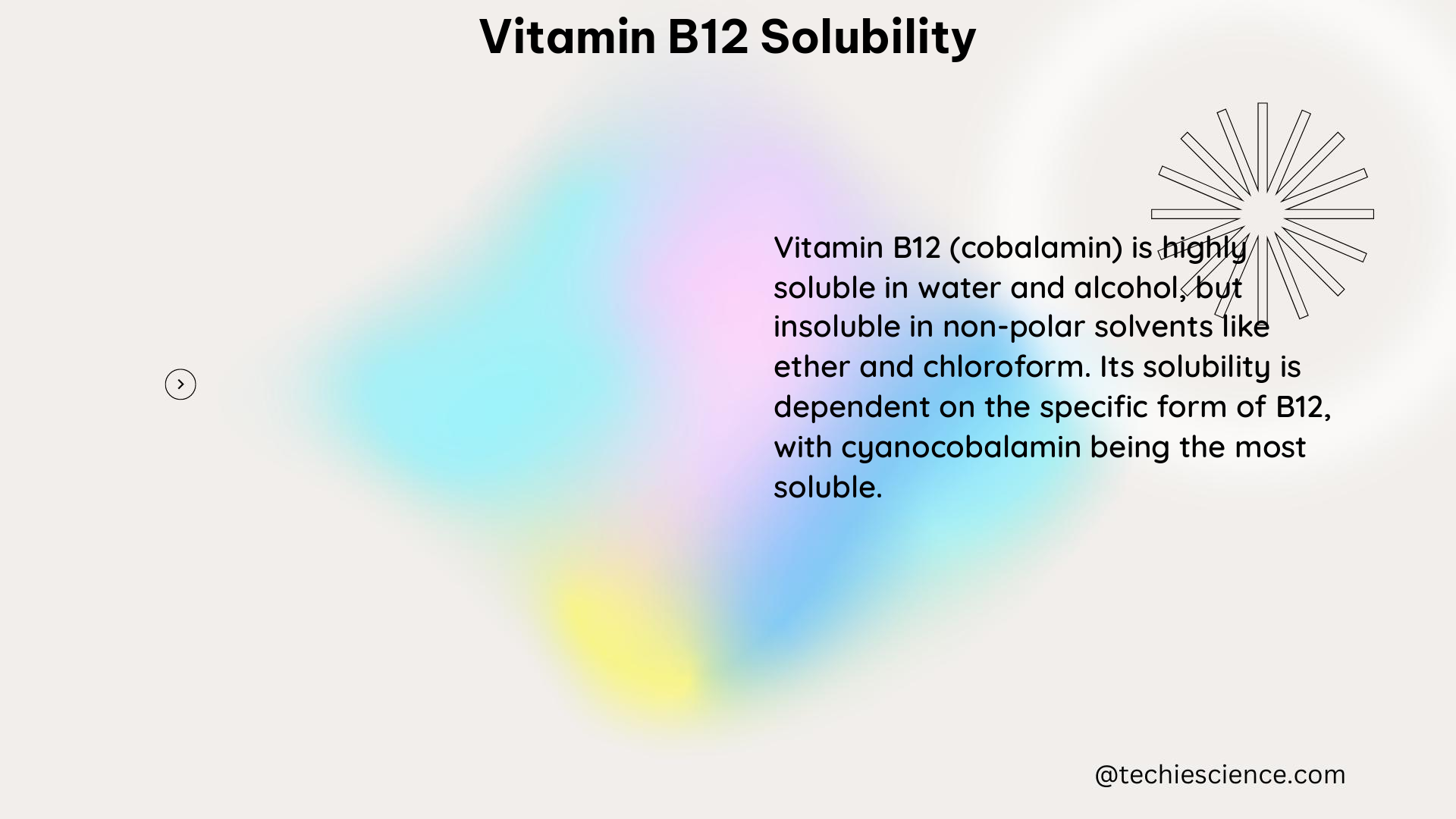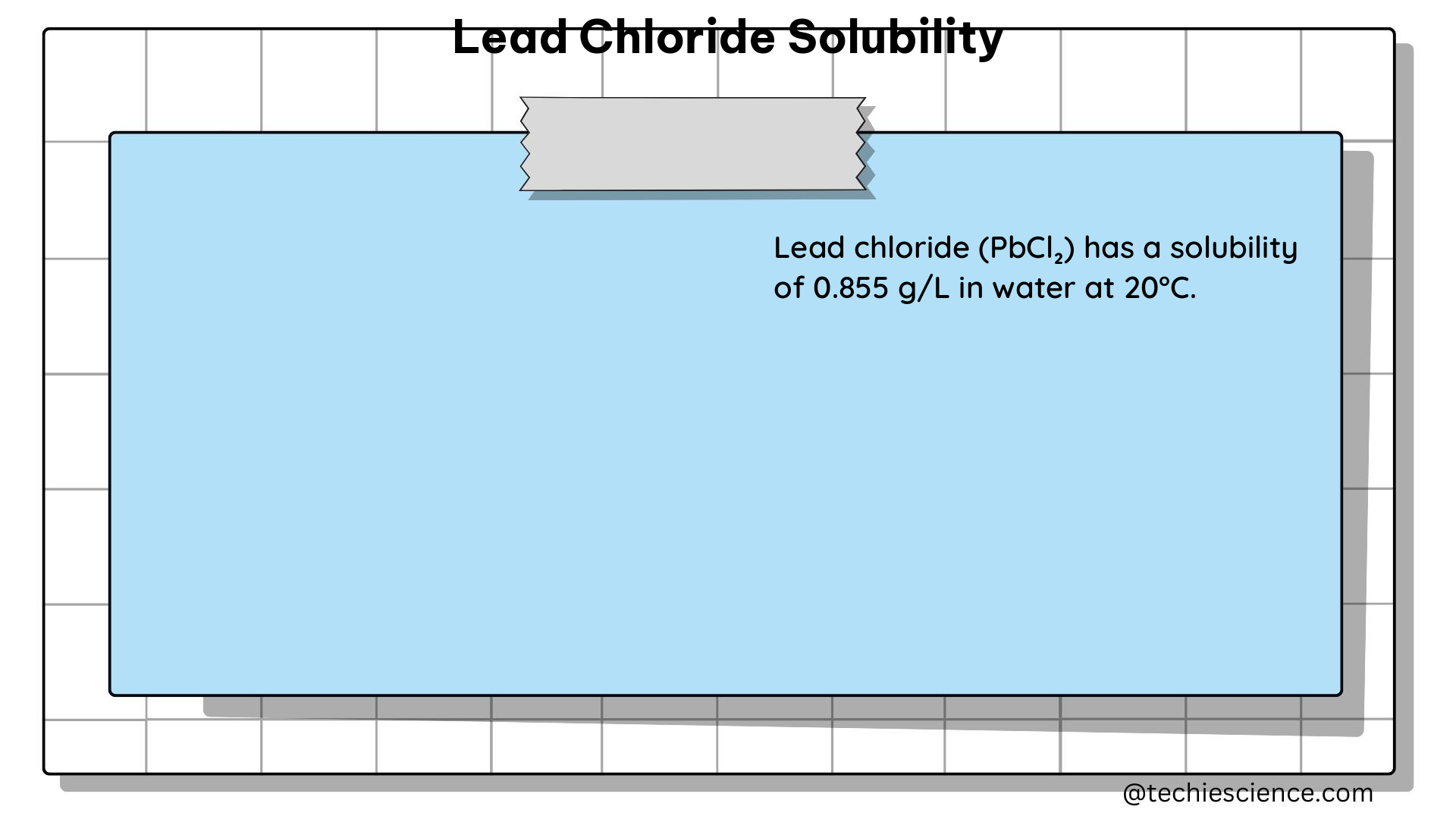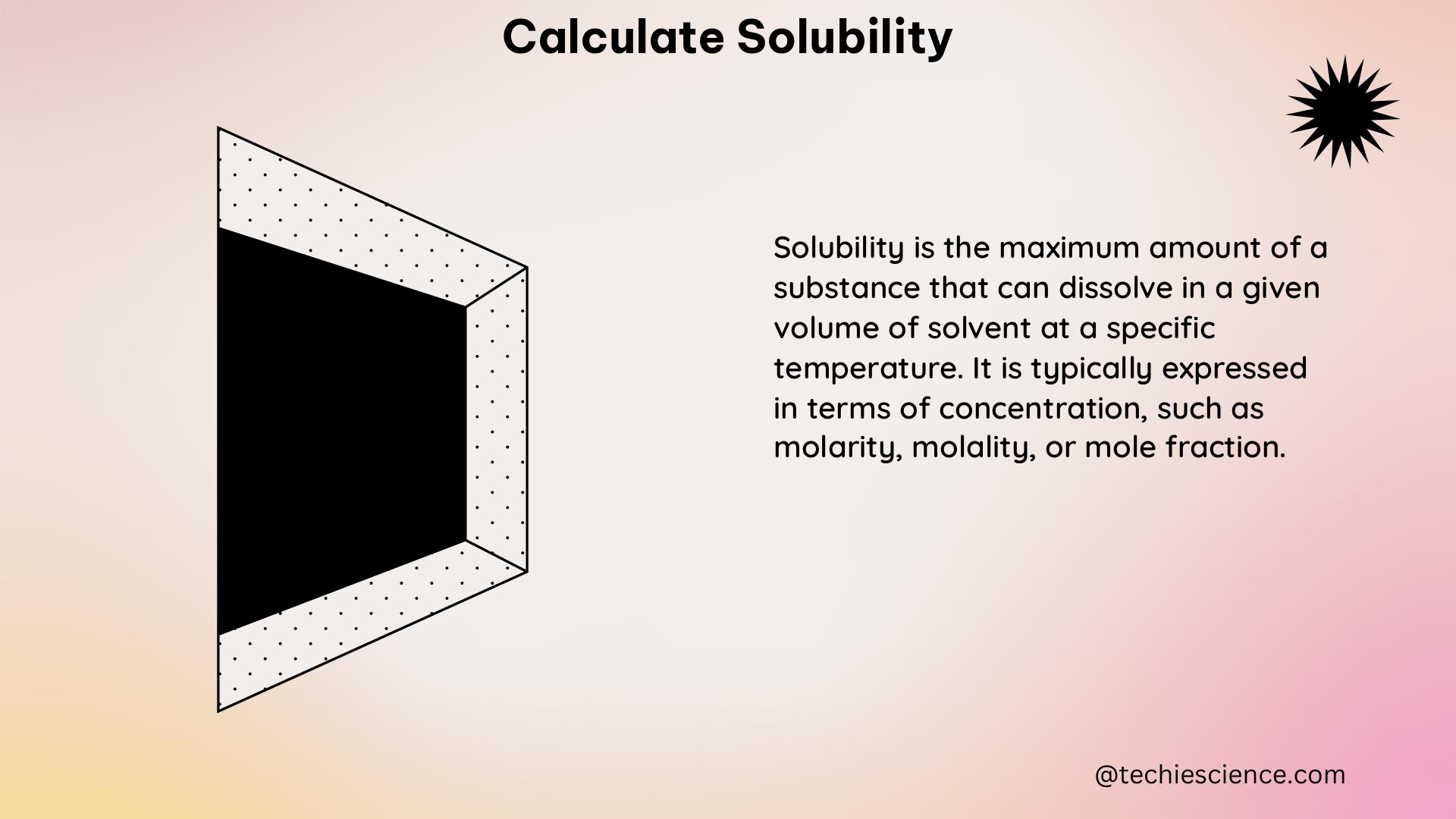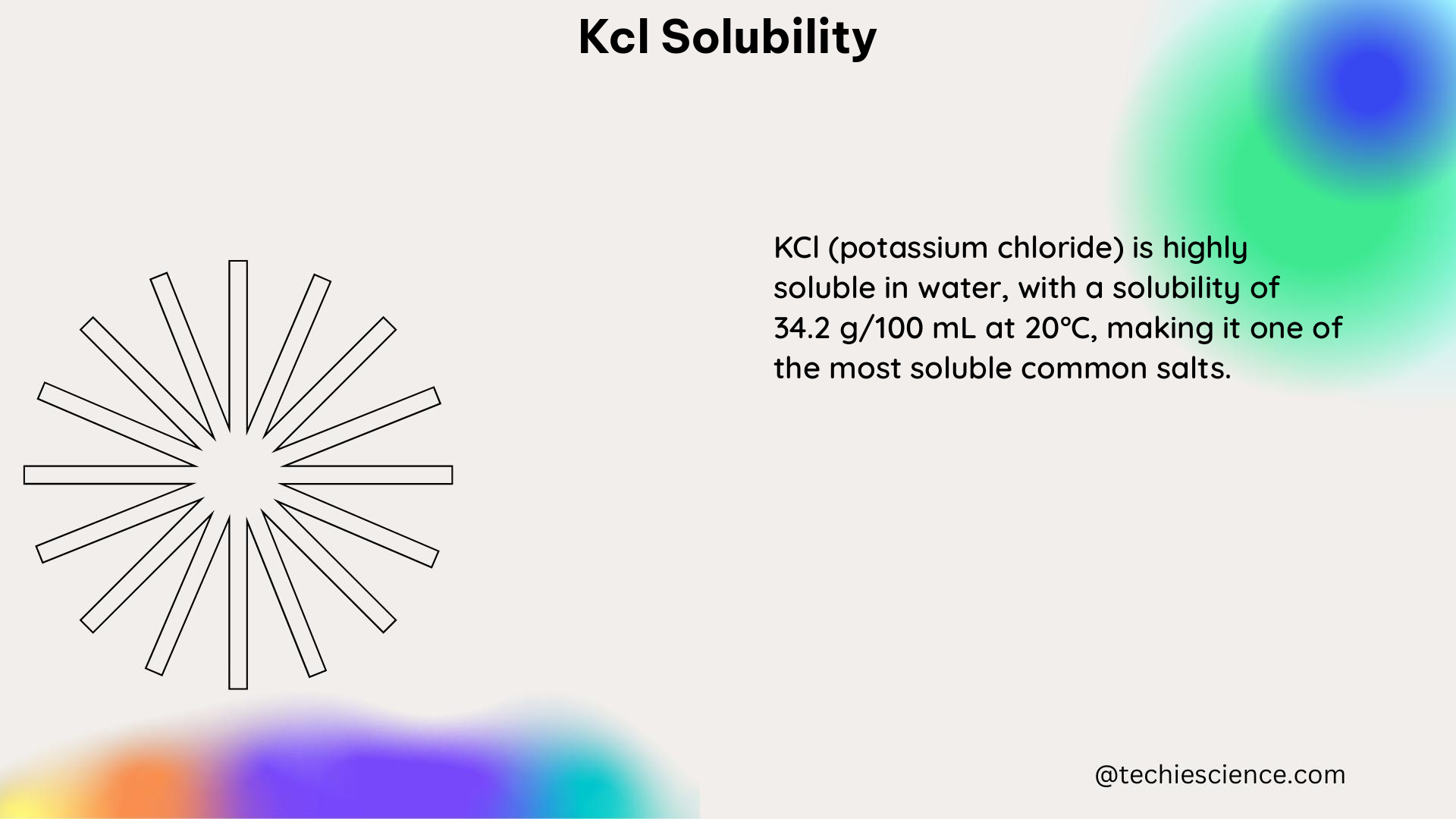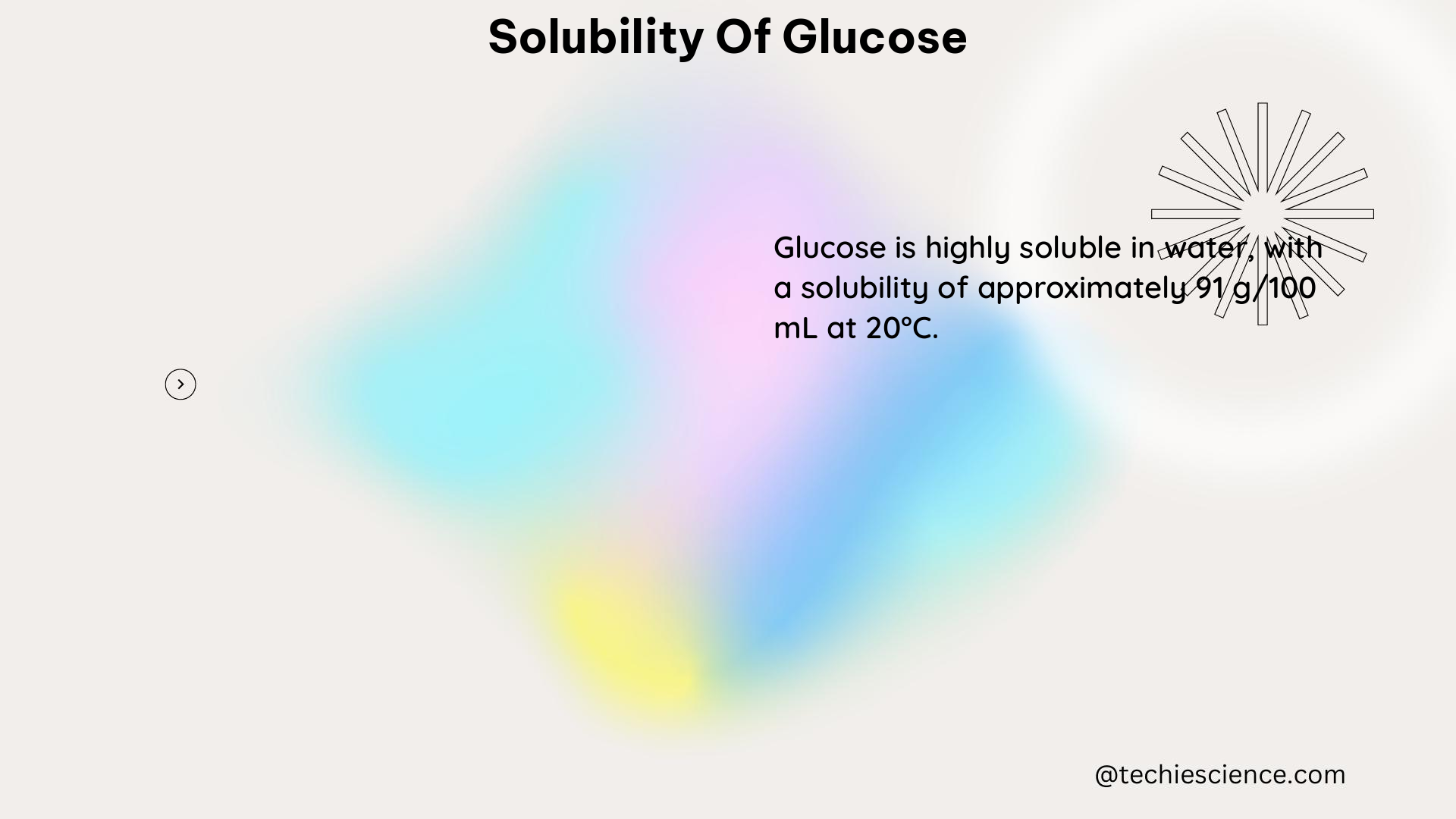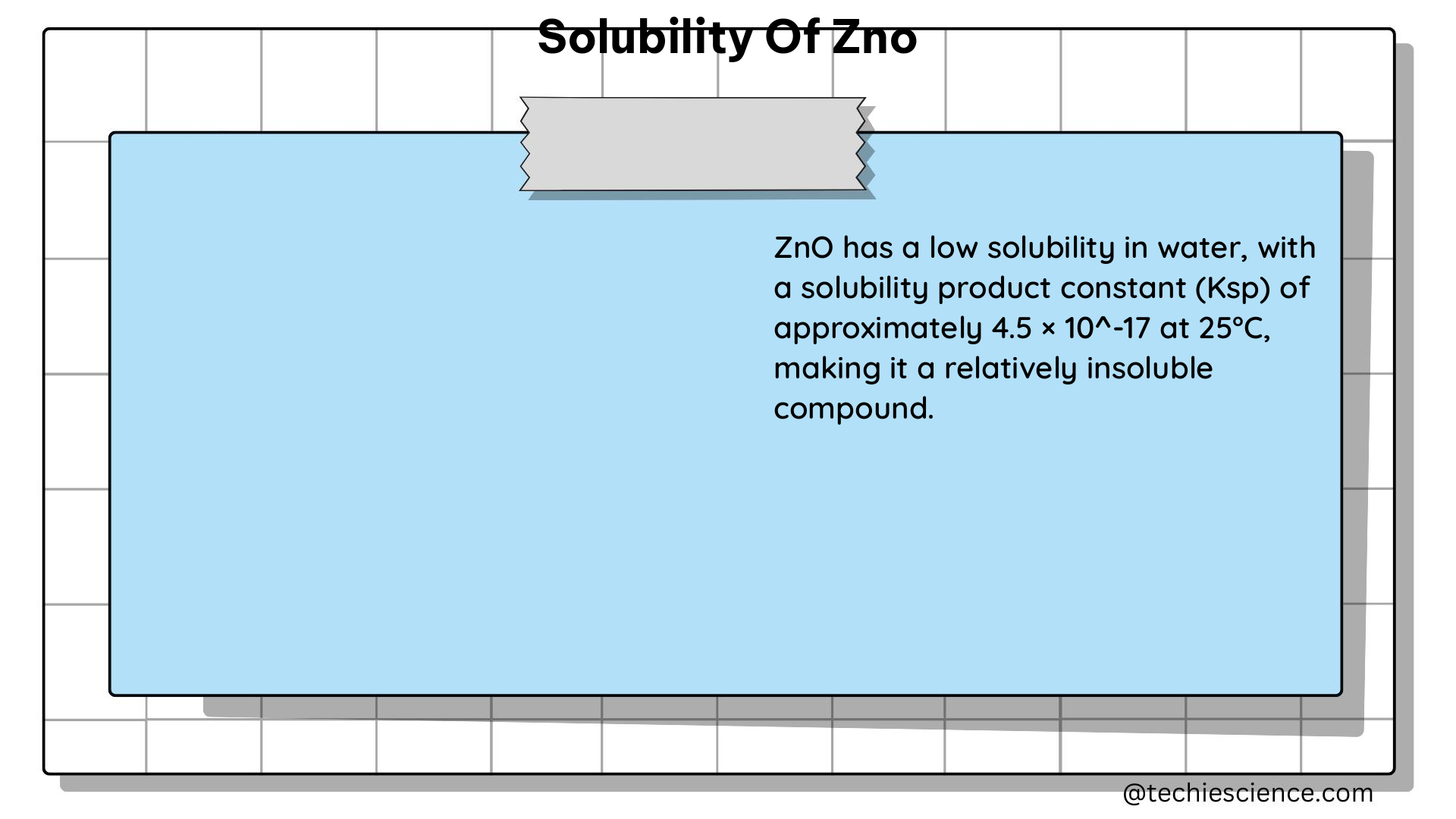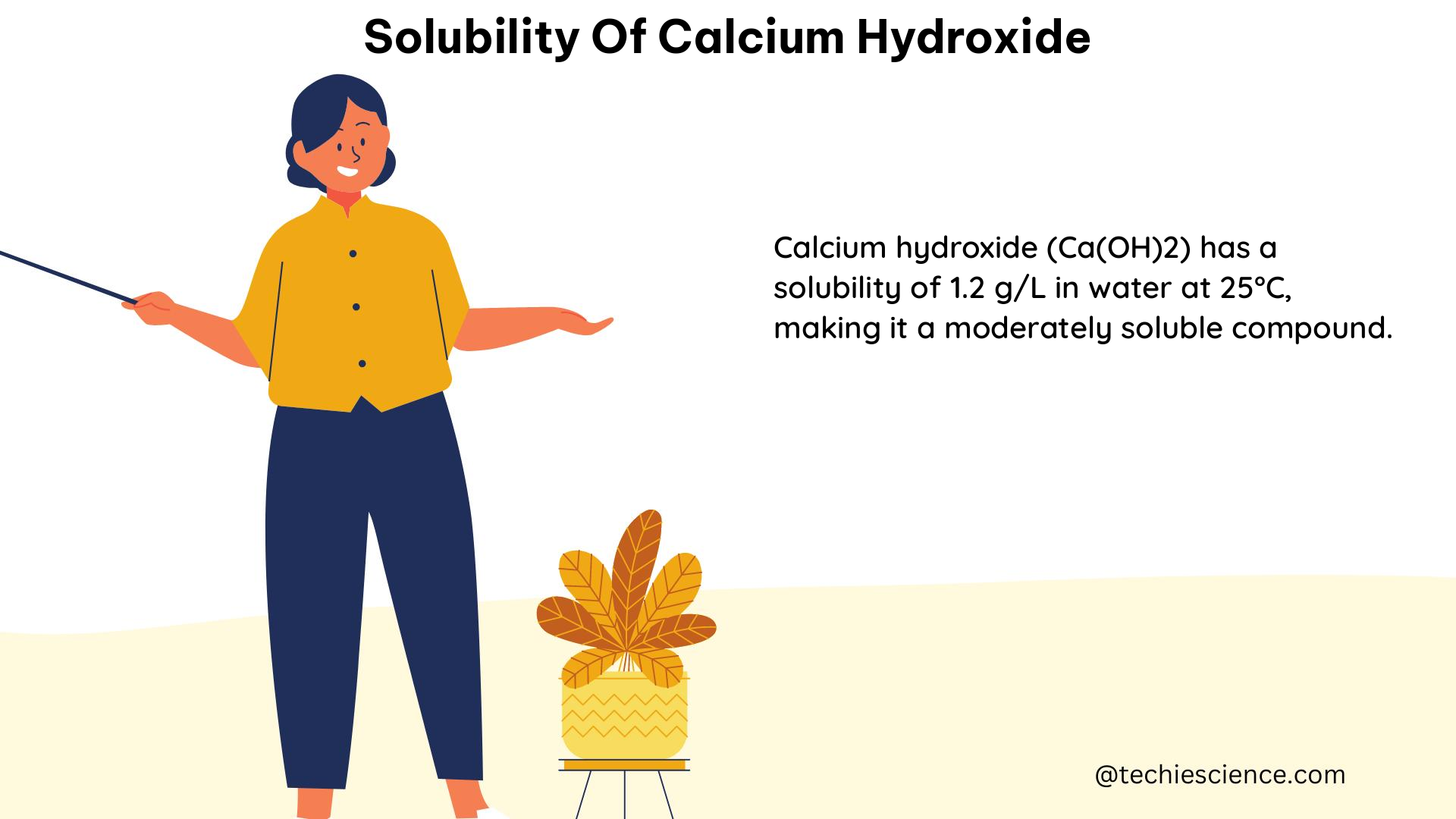The molar solubility of Ag2CrO4 in water is approximately 6.5×10−56.5×10−5 mol/L at 25°C. This low solubility is due to its high Ksp value of 1.12×10−121.12×10−12 at this temperature, reflecting its sparingly soluble nature in water.
Molar Solubility and Solubility Product (Ksp) of Ag2CrO4
Molar solubility is the number of moles of a solute that can be dissolved per liter of solution before the solution becomes saturated. For Ag2CrO4, this property is essential for understanding its behavior in aqueous solutions.

Ag2CrO4 dissociates in water according to the equation:
Ag2CrO4(s)⇌2Ag+(aq)+CrO42−(aq)
The solubility product constant (Ksp) for this dissociation at 25°C is 1.12×10−121.12×10−12. Ksp is crucial in calculating the molar solubility of Ag2CrO4. It is defined as:
Ksp=[Ag+]2[CrO42−]Ksp=[Ag+]2[CrO42−]
Given that the stoichiometry of silver ion is twice that of chromate ion, if the molar solubility of Ag2CrO4 is s, then the concentration of Ag+ ions will be 2s and that of CrO4^2- ions will be s. Therefore, the Ksp expression becomes:
Ksp=(2s)2(s)=4s3
Calculation of Molar Solubility
Standard Conditions
Under standard conditions, where no other sources of Ag+ or CrO4^2- ions are present, the molar solubility (s) can be calculated by solving the equation 4s3=1.12×10−12. The cubic root of 1.12×10−12441.12×10−12 gives the molar solubility of Ag2CrO4 in pure water.
Effect of Common Ions
The presence of common ions, such as Ag+ or CrO4^2- from other sources, will affect the solubility of Ag2CrO4. This phenomenon is known as the common ion effect. For instance, if an AgNO3 solution is mixed with an Ag2CrO4 solution, the added Ag+ ions will shift the equilibrium towards the left, reducing the solubility of Ag2CrO4.
Impact of pH
The solubility of Ag2CrO4 is also pH-dependent. The chromate ion (CrO4^2-) can react with H+ ions in acidic solutions, forming HCrO4^- and thus removing CrO4^2- ions from the solution. This shifts the equilibrium towards the right, increasing the solubility of Ag2CrO4.
Practical Examples and Applications
Laboratory Experiment
A common laboratory experiment to demonstrate the solubility principles of Ag2CrO4 involves preparing a saturated solution of Ag2CrO4 and then adding either a silver salt (like AgNO3) or an acid. Observing the changes in the precipitate quantity offers practical insight into the concepts of molar solubility and the common ion effect.
Industrial Application
In industrial settings, understanding the solubility of Ag2CrO4 is crucial in processes like photographic film development and silver recovery. Efficient management of silver compounds requires precise knowledge of their solubility behaviors in various conditions.
Complex Scenarios and Environmental Factors
Presence of Ligands
In solutions containing ligands that can form complexes with Ag+ ions (like ammonia or thiocyanate), the solubility of Ag2CrO4 increases. These ligands bind to the Ag+ ions, effectively removing them from the equilibrium and shifting it to dissolve more Ag2CrO4.
Temperature Effects
Like most solubility processes, the solubility of Ag2CrO4 is temperature-dependent. Generally, its solubility increases with temperature. This relationship is crucial for processes that operate at different temperatures, where the solubility behavior needs to be accurately predicted and controlled.
Environmental Considerations
In natural waters, the presence of other ions and environmental pH can greatly influence the solubility of Ag2CrO4. For instance, in more acidic waters, the increased solubility of Ag2CrO4 could lead to higher concentrations of silver ions, which might have ecological implications.
Quick Facts-Ag2CrO4 Solubility
To aid in understanding, let’s organize some of this information into tables and lists:
Factors Affecting Ag2CrO4 Solubility
| Factor | Effect on Solubility | Mechanism |
|---|---|---|
| Common Ions | Decrease | Shift equilibrium towards the precipitate |
| pH (Acidity) | Increase | Converts CrO4^2- to HCrO4^-, shifting equilibrium |
| Ligands | Increase | Removes Ag+ from equilibrium |
| Temperature | Increase (generally) | Solubility typically increases with temperature |
